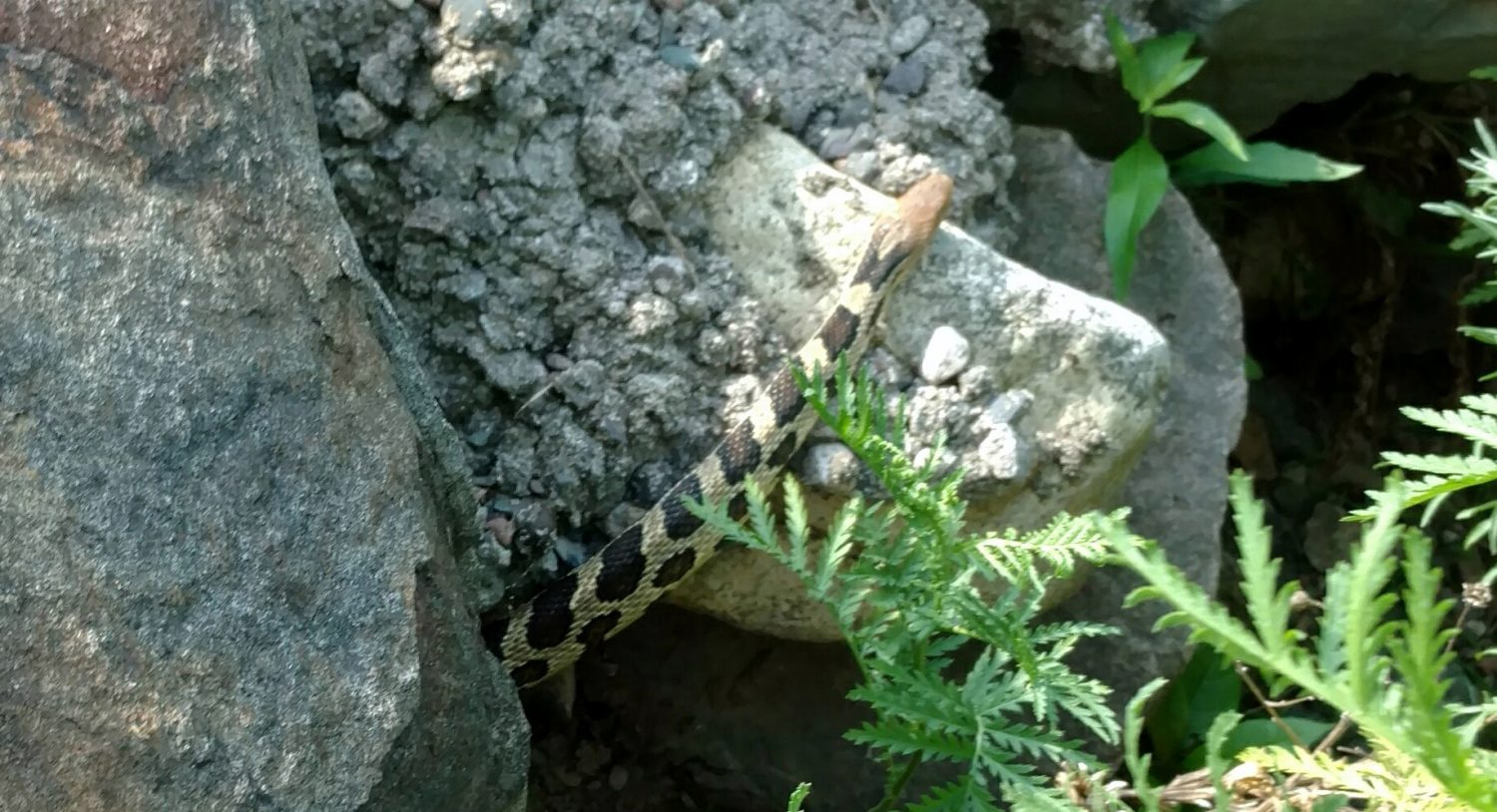Hunting to extinction… A global problem often recognized too late

BY THE MASKED BIOLOGIST
Special to the Star Journal
In early March, one of Kenya’s largest and oldest ‘tuskers’ or giant old elephants, lost its life to poachers by means of a poisoned arrow. This 50-year-old behemoth was one of 25 remaining tuskers in the wild; each of its tusks weighed more than 110 pounds and was so long it practically dragged on the ground. The African elephant is the largest land mammal in the world. Experts and concerned scientists have determined that the animal is in danger of extinction in the wild by 2020. Like many other endangered species around the globe, elephants face the loss of habitat to development and agriculture. Sadly, habitat loss is not the only cause for this extinction. The elephants are dying more than twice as quickly as they were ten years ago because of the ivory trade.
The organized large-scale poaching of the elephants is preventable, yet is not likely to stop. A 2015 report entitled “Elephants in the dust – The African Elephant Crisis,” finds that global illegal ivory trading has more than doubled since 2007, and more than tripled since 1988. According to wildlife law enforcement officials, a large share of these illegal ivory shipments is destined for Asia. Local African governments have taken drastic measures to try to protect the elephants on refuges and sanctuaries. They have armed rangers that are authorized to use lethal force on poachers who resist arrest. The elephant killing continues, however, with an estimated 17,000 elephants being poached in 2011. In the following three years, over 100,000 were estimated killed for their ivory. The losses are so fast and so staggering, it has become difficult to estimate the latest poaching losses, but some estimates show an estimated 40,000 animals lost per year. The fewer elephants we have left, the more it seems poachers are trying to grab their share of the ivory that remains.
The elephant is not alone. Late in 2011, officials with the International Union for Conservation of Nature (IUCN) declared the West African black rhino extinct in the wild. The South African black rhino subspecies is classified as critically endangered. The southern white rhino is classified as “near threatened” by the IUCN, and the northern white rhino is nearly extinct, with only four animals remaining. Much like the elephant, the rhino has been poached extensively for a protrusion of value. The horn of the rhinoceros is actually a structure comprised of modified hairs. The rhino horns are valued in Asian culture for use in traditional medicines, and in Middle Eastern countries for ornamental dagger handles. A 2009 study by the IUCN showed that the trade in dagger handles has decreased sharply, but there has been a dramatic increase of trade to traditional medicine markets in China and Vietnam.
Extraordinary measures are being implemented to attempt to save rhinos as well. Surviving animals are being drugged by wildlife officials who then remove the horn without harming the animal, hoping this will discourage poachers. An even more extreme measure, officials at the Inverdoorn game reserve injected horns of living rhinos with poison, dyed the horns red, and injected barium into the horns which would show up on airport security X-ray machines. Around the world the collection of horns continues, expanding into museums, where at least 30 horns were removed from mounted rhino specimens.
We humans have hunted or trapped many species to the brink of extinction for our own selfish purposes; some beyond all hope of return. Some we thought were so numerous they could not be overexploited. Others were animals we feared would harm us or our livestock, and we killed or trapped them to pursue our manifest destiny unimpeded. Will we, as humans, repeat our mistakes, hunting elephant, rhino, and tiger and other magnificent large animals to extinction for lavish reasons and then mourning our loss? Right now it appears so.
The Masked Biologist earned a Bachelor of Science degree from a university with a highly regarded wildlife biology program. His work in natural resource agencies across the country provided opportunities to gain experience with a variety of common and rare fish, plant and wildlife species. Follow The Masked Biologist on Facebook. Email questions to [email protected].
Leave a reply
You must be logged in to post a comment.


